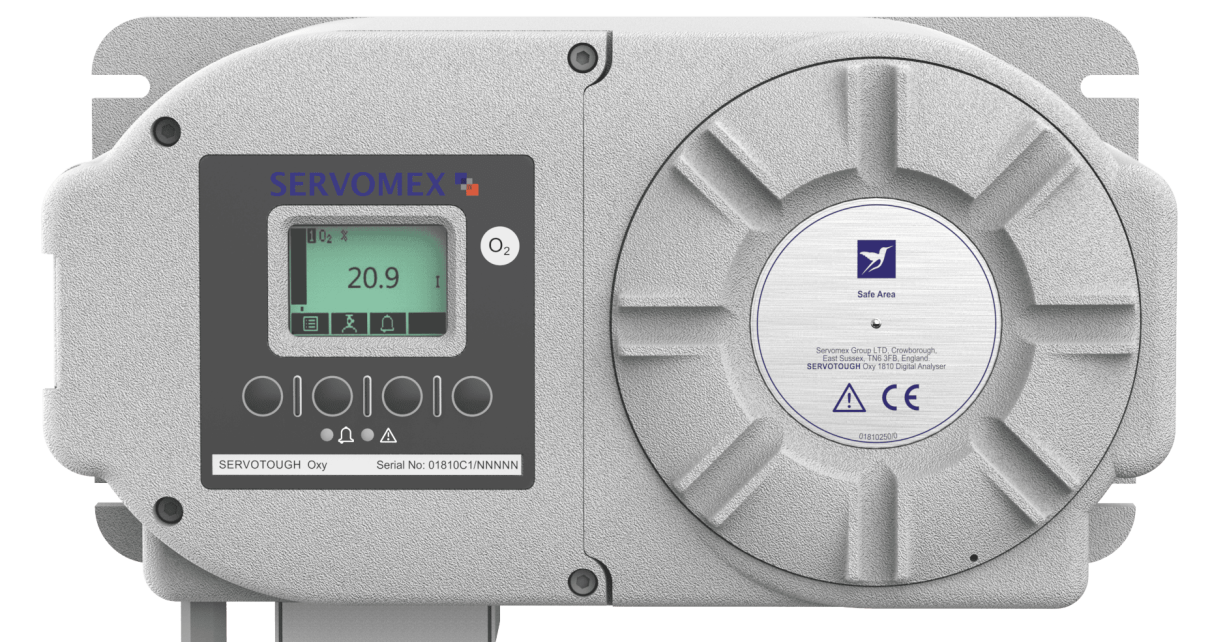Portable oxygen analyzers help teams complete quick evaluations without disrupting essential workflows. Their adaptable structure allows readings to stay consistent even during frequent movement. Portable clinicians often check oxygen purity levels using tools available at https://www.wtfarley.com/Oxygen-Analyzer, ensuring accurate readings at the start of patient assessments. This establishes a grounded starting point for understanding how these devices support mobile diagnostic needs.
What Makes These Analyzers Adaptable Today?
Portable analyzers remain adaptable because their measurements stay steady across shifting environments. Their compact layout supports reliable handling during mobile diagnostic steps. Professionals appreciate how ergonomic placement simplifies access during fast-paced evaluations.
These features create dependable usage patterns across varied settings. Their straightforward control layout further reduces delays during essential diagnostic checks.
Compact Designs Supporting Field Precision
Portable analyzers rely on compact construction to maintain dependable performance outside controlled spaces. Their shape supports accurate readings while technicians move between different assessment points.
Structural Durability Enhancing Stability
- Reinforced casing assists in protecting internal sensors
- Shock resistance maintains reading consistency
- Lightweight frame minimizes handling fatigue
- Balanced grip improves quick measurement control
Streamlined Interfaces Improving Focus
- Intuitive layout enables faster operational flow
- Bright indicators strengthen real-time visibility
- Simple controls reduce misreading chances
- Reduced clutter enhances user concentration
These combined traits ensure measurements retain accuracy throughout patient-centered evaluations, even during repeated field movements.
How Do Portable Units Improve Checks?
Portable units improve checks by presenting clear readings without requiring extensive setup. Their straightforward startup sequence saves time during immediate diagnostic actions. Faster transitions between patients also support smoother assessment continuity.
These characteristics allow technicians to maintain consistent pacing during multi-step checks. With fewer operational distractions, each reading aligns more reliably with expected values.
Integrated Features Strengthening Mobile Readings
These analyzers incorporate integrated elements that reinforce steadiness during mobile measurements. Their calibration stability keeps assessment values aligned across short and extended intervals. During equipment reviews, professionals compare performance benchmarks with models found at https://www.wtfarley.com/Oxygen-Analyzer to verify calibration stability. This further helps align each reading with dependable reference expectations and supports consistent mobile performance.
Functional Enhancements Supporting Accuracy
- Auto-calibrating elements sustain measurement reliability
- Continuous monitoring stabilizes fluctuating readings
- Built-in safeguards limit value deviations
- Sensor protection shields against external interference
Operational Additions Improving Mobility
- Fast warm-up helps maintain steady workflow
- Portable mounts support convenient placement
- Adjustable flow pathways enhance adaptability
- Simplified resets ensure quick value recovery
These combined features reinforce accuracy while technicians move through varied diagnostic responsibilities.
Can Users Operate Them Confidently?
Yes, users can operate portable analyzers confidently because the interface supports natural decision-making. Most controls follow a clear logic path that aligns with routine diagnostic patterns. The layout feels approachable, allowing clinicians to rely on rapid interpretation without second-guessing essential values. Confidence grows as repeated use reinforces predictable behavior. Even newer clinicians quickly adapt because the device guides them toward stable readings through clear indicators.
Wider Diagnostic Uses Emerging Today
Portable analyzers continue proving valuable as their roles expand across different diagnostic scenarios. Their flexible design supports teams conducting evaluations in smaller, more dynamic spaces. Technicians appreciate how easily these units transition between assessment points without losing clarity.
As mobile responsibilities increase, these analyzers help maintain continuity across diverse patient encounters. Their steady reliability allows clinicians to handle varied diagnostic demands while preserving strong measurement accuracy.





